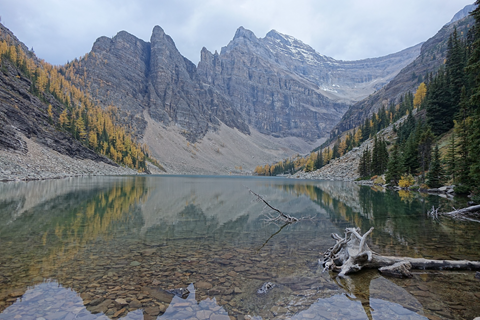Why is it taught that hypothermia occurs whenever someone is shivering or their temperature drops by a degree or two? I’ve read in several medical texts that the definition of hypothermia is a core body temperature below 95F(35C). (A question from a student in a course I’m teaching)
Yes, if you read the medical literature on hypothermia it’s common to see a threshold for hypothermia at 95F (35C). As a medical geek I like to probe the origins of stuff like this. The best I can figure this norm was described by British researchers in the 1960’s and has become a commonly shared criteria.
It’s fine and dandy for researchers or medical personnel with access to advanced life support to anchor their work at this point, but it’s not the world in which we manage hypothermia. We don’t work in rescue helicopters or emergency rooms with physicians, nurses and the benefits of medical technology, or inside a controlled physiology laboratory. We have to manage cold people in the wilderness.
We teach people to recognize hypothermia from subtle and early clues such as impaired ability to perform complex tasks, fine motor shivering, apathy, confused and sluggish thinking, slurred speech, stumbling, and “the umbles.” We do this because we know it’s much easier to stay warm than to warm a cold person.
Compared to the scientist our definition of hypothermia is loose. We call people hypothermic who are probably only stressed by the cold, or are cold and unhappy, or who are simply having trouble coping with the environmental conditions. I’d imagine if we could measure the temperature of our “hypothermic” students we would find it only decreased a degree or two, if at all.
It doesn’t matter that our patient’s temperature may be higher than a clinical definition. It’s not important in the field to know the patient’s temperature. What’s important is to be self-aware of your physical state and vigilant of how your companions are faring in the cold. What’s important is acting early and aggressively to stay warm, rather than needing to rewarm to cold person. We can treat this early stage of hypothermia, these cold stressed people in the wilderness. A hypothermia wrap, a good meal and some warm fluids often are just what the doctor ordered. What we can’t afford to miss, because it’s much harder to manage in the field, is real hypothermia


